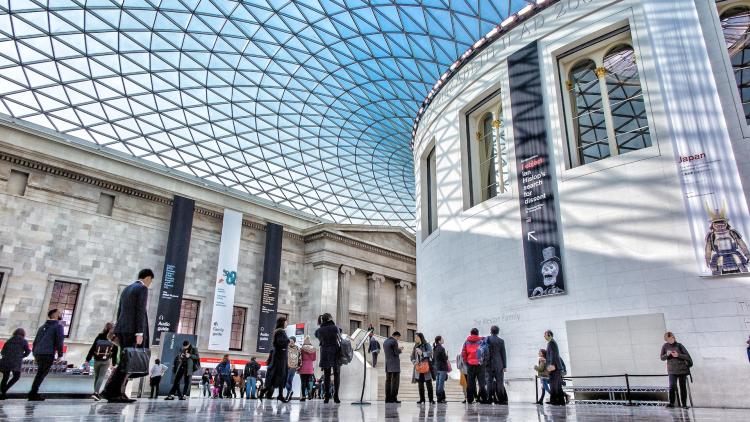Policy and power struggles: How do policies get through?


Explore how public policy works and learn how to navigate complex global challenges with SOAS’s MSc in Public Policy and Management.
Public policy is what governments choose to do or not to do. In other words, public policy is the result of a series of conscious, intentional decisions which are the outcome of power struggles among various actors throughout the policy process.
Here, politics is “who gets what, when, how”, as famously defined by Harold Lasswell, the fields of public policy and management explore and seek to understand the power struggles that set the agenda, formulate policies while matching instruments and policy goals, and implement those policies.
Policy challenges are complex, multi-layered and across boundaries
It is well known that policy challenges are becoming both multi-layered and transboundary in every dimension. Complexities are rising as are the needs for the involvement of multiple actors in addressing common challenges.
There are many instances of such complexities, but let’s consider air pollution in Southeast Asia. While there are many drivers in the region, one important of those is biomass burning. For example, when farmers in Malaysia or Indonesia burn forests or peatland, the haze reaches Singapore and the residents in the city-state breathe highly toxic air. Imagine now that you are tasked to tackle trans-border haze problem, as haze is not a public health problem, but can be a fiscal concern as well given social security spending tied to treatment of health effects of the haze.
How do actors define policy agenda?
The study of public policy and management has the ambition to explore and understand how actors define the policy agenda to identify the haze problem as a serious policy problem. Afterwards, they craft solutions that could seek to prevent biomass burning, or at least, to install control systems to forecast the likelihood and the density of future haze reaching Singapore.
Once those goals and instruments are matched, policies are implemented, which are eventually evaluated by various actors (e.g., local and regional governments, international organisations, civil society organisations, and firms).
What gets in the way of policies being implemented?
While this process may sound simple or straightforward, designed policies might not be implemented as intended. Or, unanticipated consequences may also arise because when we proceed from policy design to policy implementation, policy targets might already develop responses to announced policies. For instance, when tax exemptions to the ‘super rich’ in the UK were announced to be scrapped, reports about those raising their voice concerning higher taxation began to populate the headlines.
Policy scholars have identified various attributes of policy design effectiveness, which include policy coherence, consistency, degrees of freedom to make calibrations as conditions change.
At the same time, implementation may trigger ideational conflicts regarding policy instruments, externalities and/or their effectiveness. Indeed, implementation makes policies more visible when they start to interact with policy targets. Those targets might act as veto players at a later stage. Considering these possibilities, policy scholars have identified various attributes of policy design effectiveness, which include policy coherence, consistency, degrees of freedom to make calibrations as conditions change over time among many others.
While this list can hardly be satisfied fully, given this demanding task and many moving parts, striving for policy effectiveness at the design stage has been argued to inform policy implementation.
How studying Public Policy and Management helps you understand
As these now sound more complicated, studying public policy and management equips us to shed light on the whole policymaking process and to make sense of ‘who gets [policy target] what [sanction or reward], when [today or later], how [substantive and procedural instruments]’. As such, public policy and management courses allows us to critically examine the policy process, the resourceful and powerful actors that influence public policies and instruments, as well as the effect on policy targets.
Studying Public Policy and Management at SOAS offers a unique perspective by integrating finance, regulation, and management into the analysis of policy and power struggles. Unlike traditional political science-based programs, SOAS’s MSc is housed in the School of Finance and Management, equipping students with skills in public finance, digitalisation, leadership, and quantitative analysis. This multidisciplinary approach prepares graduates to navigate policy processes across public, private, and non-profit sectors, engaging with both state and non-state actors.
Header image credit: Anders Jildén via Unsplash.
About the author
Dr M. Kerem Coban is a Lecturer in Public Policy and Management at the School of Finance and Management.




